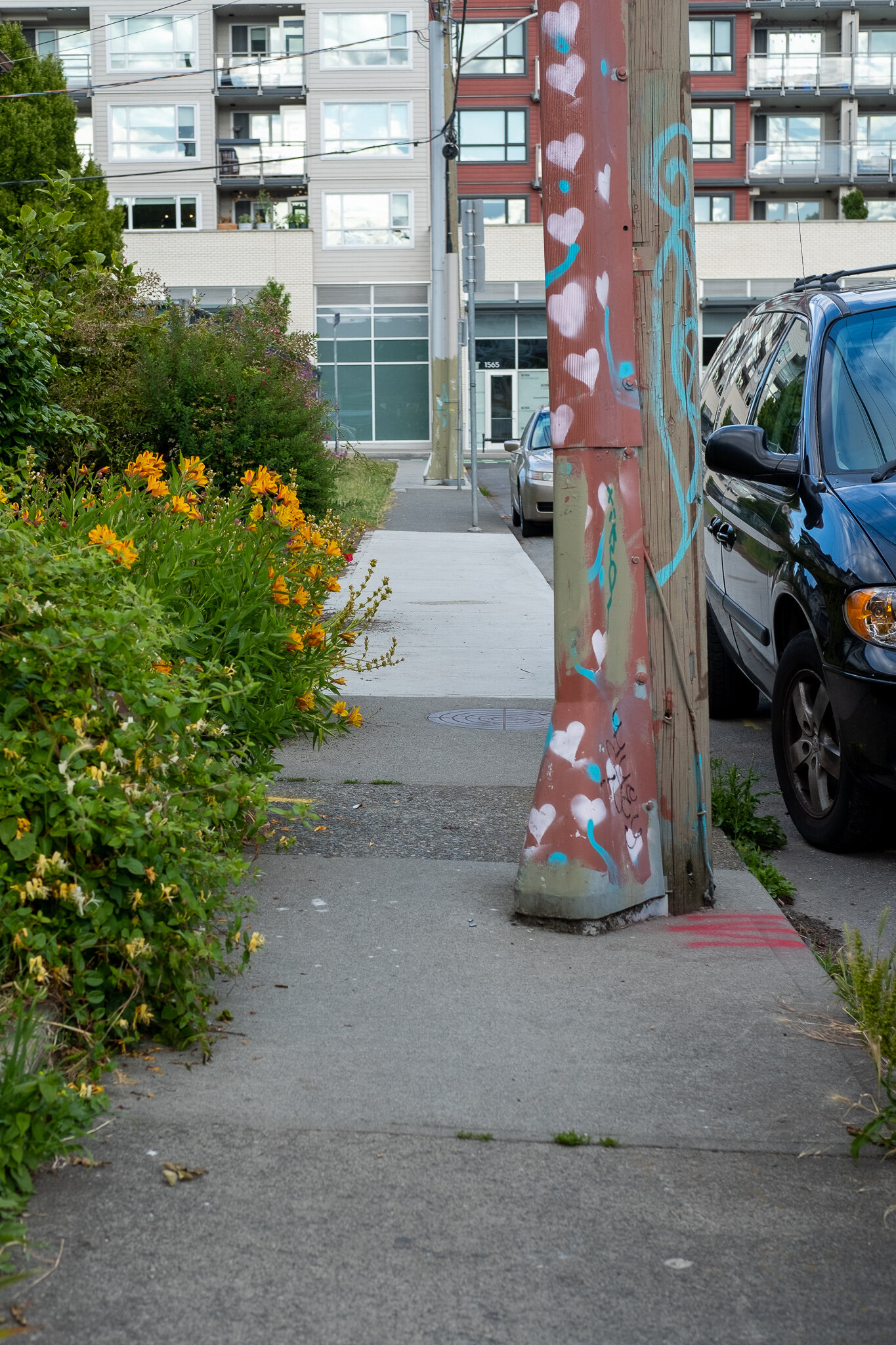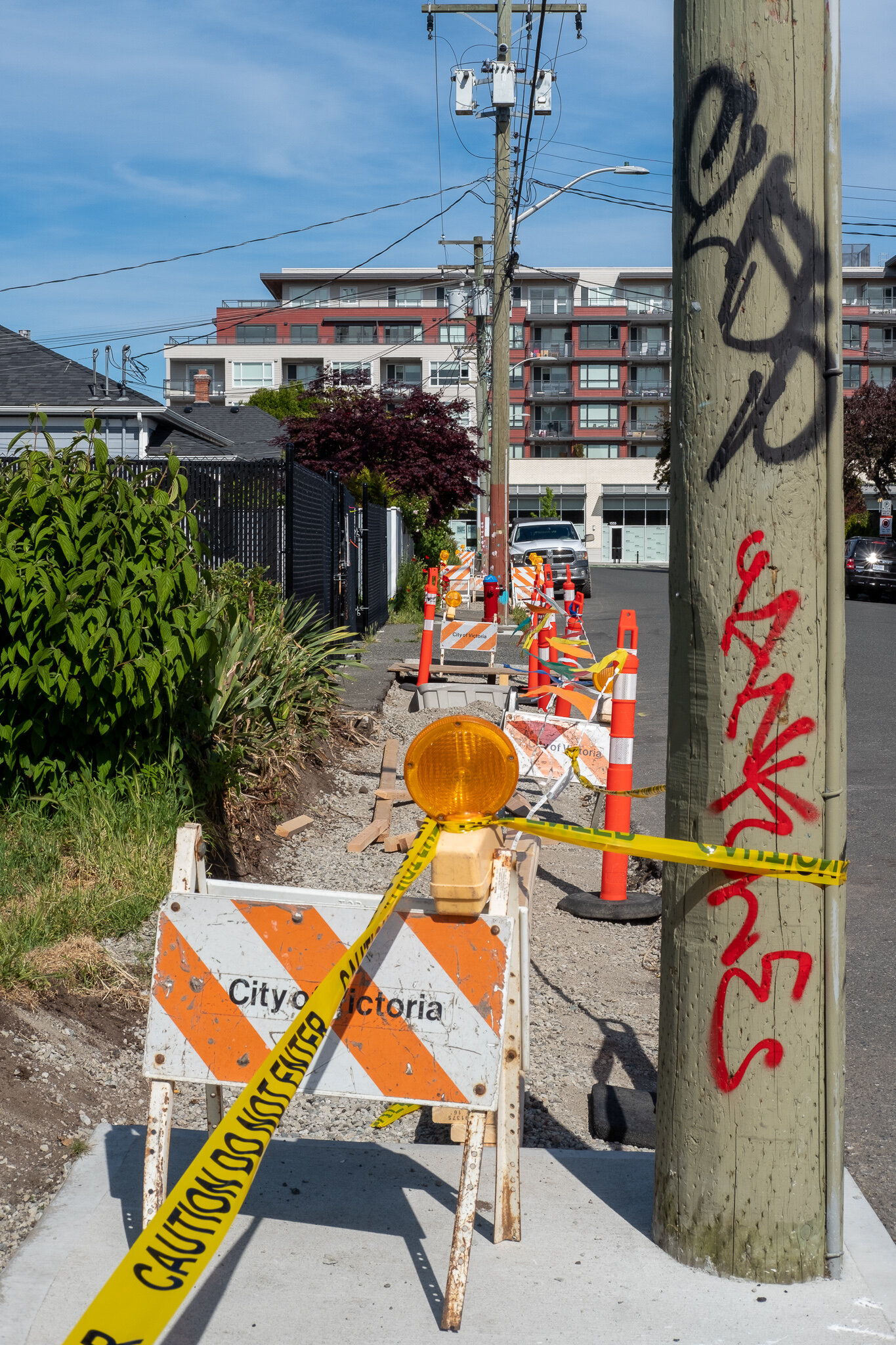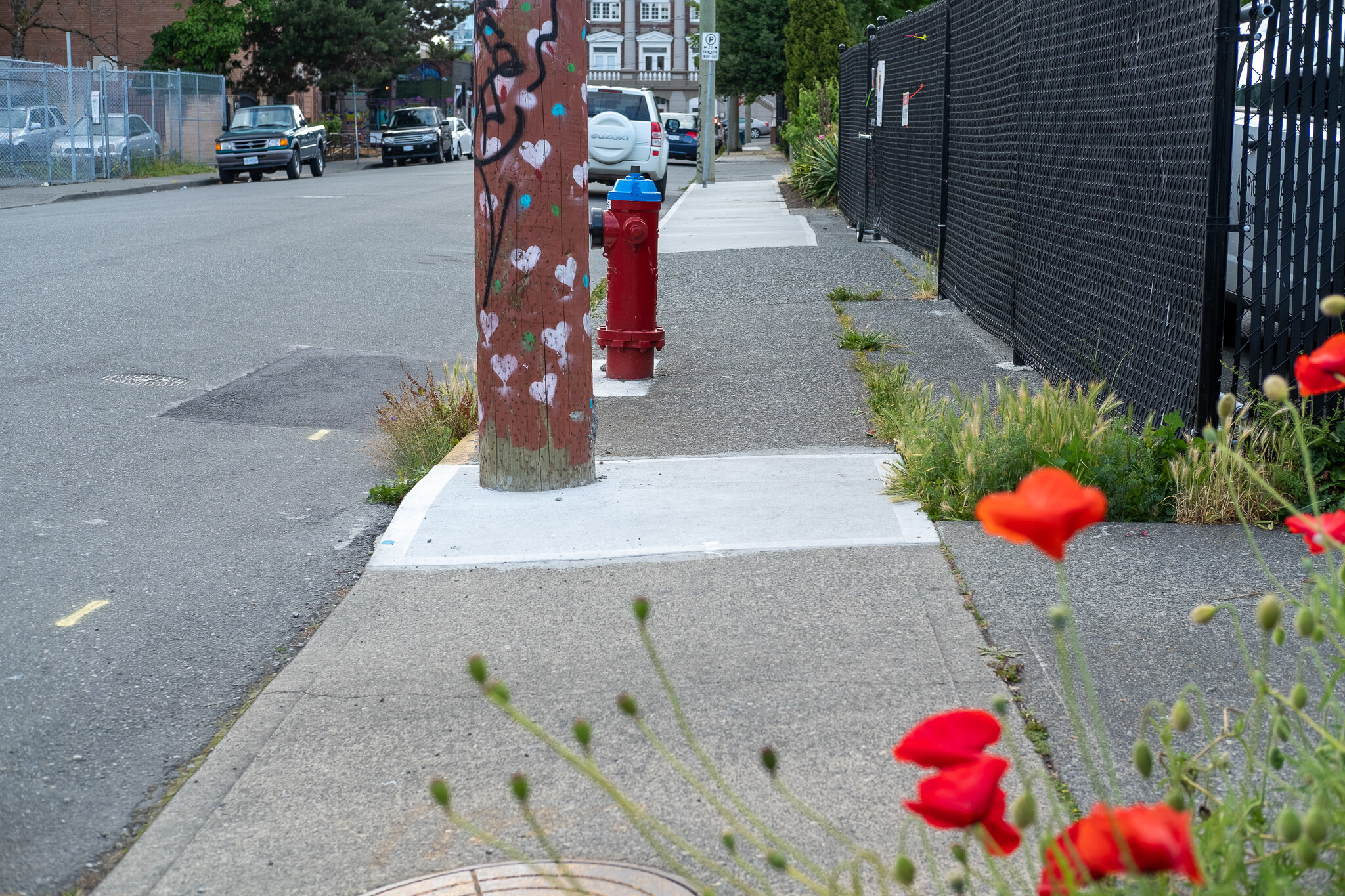Building Complete Streets in Victoria - Mason Street
I have been reading a lot about the ideas behind “complete streets” and I am going to be on occasion bringing some of those ideas into the Victoria context. For those that don’t know, complete streets are at least according to Wikipedia: “a transportation policy and design approach that requires streets to be planned, designed, operated and maintained to enable safe, convenient and comfortable travel and access for users of all ages and abilities regardless of their mode of transportation.” The City of Victoria also has its own definition: “Complete streets are a design approach to roadways which embrace the goal of safe and comfortable travel for all modes of transportation. They include design elements to prioritize sustainable transportation and use features that improve accessibility, contribute to well-being and placemaking, and support climate resiliency.” I actually prefer the City of Victoria one as it gets closer to what I feel should be the underlying principle for it.
One book that I have recently read is Completing Our Streets, by Barbara McCann which despite being written almost a decade ago stills seems cutting edge in comparison to some of the things being worked on in Victoria. While the book goes into many aspects of complete streets, I want to look at one. In places where there have been successful application of an exhaustive complete streets policy, they take advantage of opportunities that come up across the spectrum of city services. For example, if a street is being dug up for a new watermain then even though it has nothing to do with traffic flow, there is consideration of whether there are opportunities to improve the street before it is put back together. I do know that the City of Victoria does try and do this as much as they can and there are certain external factors such as our bizarre governance structure in the greater city that can have three or even four levels of government involved in various infrastructure projects, but that is why I wanted to go back and look at the relatively small Mason Street project that I refer to in the title.
Mason is an odd little street that stretches from Amelia Street to Chambers Street. It doesn’t align with itself across any two blocks, which might make it unique in the City for that (let me know in the comments if you can think of another). I want to talk about the 900 block, which is a quiet block that has some light industrial, non-profit and residential buildings along it. Along its south side it also has one of the best urban art walls in the city. The traffic along here is very light, but despite that it is extremely wide. I would think it is almost five car lanes across or maybe just 4 and half, still for its volumes massively too wide. This is actually something that a lot of the side streets of North Park have and again it may have something to do with the fact that it was always a semi-industrial area.
Last month the city dug up much of the sidewalks along the north side of the 900 block. I expect it was part of a long in place plan to fix up old sidewalks across the city. The thing that struck me was that they put them back exactly as they had been before, just new concrete. At the eastern end of the block is the new Vancouver Street bikeway and the juxtaposition was very clear. On the one hand a system where lots of thought had gone into transportation and here right around the corner nothing. The part that is particularly frustrating for me is that I often walk with my son home along Mason to get to Vancouver Street and there are a few really tight pinch points between the hydro poles and they were left as is. I checked with the North Park Neighbourhood Association to see if any notice or consultation had been done by the City and they said it hadn’t.
Like I said, I know the City didn't do this intentionally, but instead because this is the way that it has always been done. I would like to see the City add in a simple checklist item on any project over $10000 that asks whether there are potential complete street improvements that could be applied at the same time. In the case of Mason, the sidewalk width could easily have been doubled and there would still have been room for the traffic volume and the parked cars, but it wasn’t even considered. I think that extra space could have made this a much more comfortable place for pedestrians. In cases where there is potential, I realise that it would mean stopping and doing some consultation and design work, but as time goes on it would add bit by bit to a more comprehensive and multi-modal transportation system. It would over the longer term also save money, but it would just be a little bit at a time.
What do you think? Could we add something like this into the City’s infrastructure planning process?






